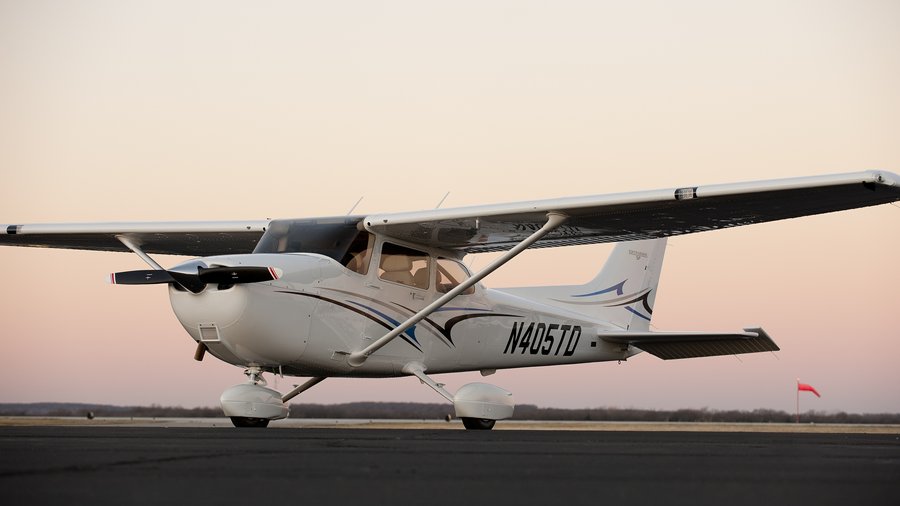A tale of different segments will mean slow growth over the next 20 years for general aviation, according to a new forecast from the Federal Aviation Administration, which conversely predicts a continued boom in the drone market.
On the general aviation side, the FAA’s latest 20-year forecast calls for the U.S. fleet of those aircraft to increase at an annual rate of 0.1 percent, with an estimated decline of 17,500 fixed-wing piston aircraft over that time dragging down projected annual growth of turbine aircraft and other segments of more than 2 percent.
Overall, the FAA expects an increase of 3,400 aircraft — which doesn’t account for the dollars generated by aircraft replacements — to be added to the active fleet through 2037, with the greatest increase expected to come from the high-margin business jets built by the likes of Textron Aviation and Bombardier Learjet in Wichita.
“ The long term outlook for general aviation is stable to optimistic, as growth at the high end offsets continuing retirements at the traditional low end of the segment,” the FAA report states.
It also forecasts general aviation flight hours to increase by 0.9 percent annually.
There are other aerospace industry segments, however, that could experience much more robust growth.
Most notably is the unmanned aircraft systems (UAS) market, where the proliferation of drones will continue.
The FAA, looking at just the next five years for that market, expects the number of small-model hobbyist drones to triple in size to 3.5 million units by 2021.
The number of small commercial drones in the domestic UAS fleet is expected to grow from 42,000 at the end of last year to 442,000 by the end of 2021. That number could go as high as 1.6 million, with the FAA acknowledging it as a dynamic market in which increased commercial applications could result in even greater growth.
On the commercial aviation side, the FAA projects U.S. passenger growth of 1.9 percent a year over the next two decades
That is slightly down from its previous forecast and acknowledges what the agency says are remaining headwinds in the global economy that drives demand for commercial service and the “uncertainty regarding the impact of the new U.S. administration’s policies on economic growth.”
